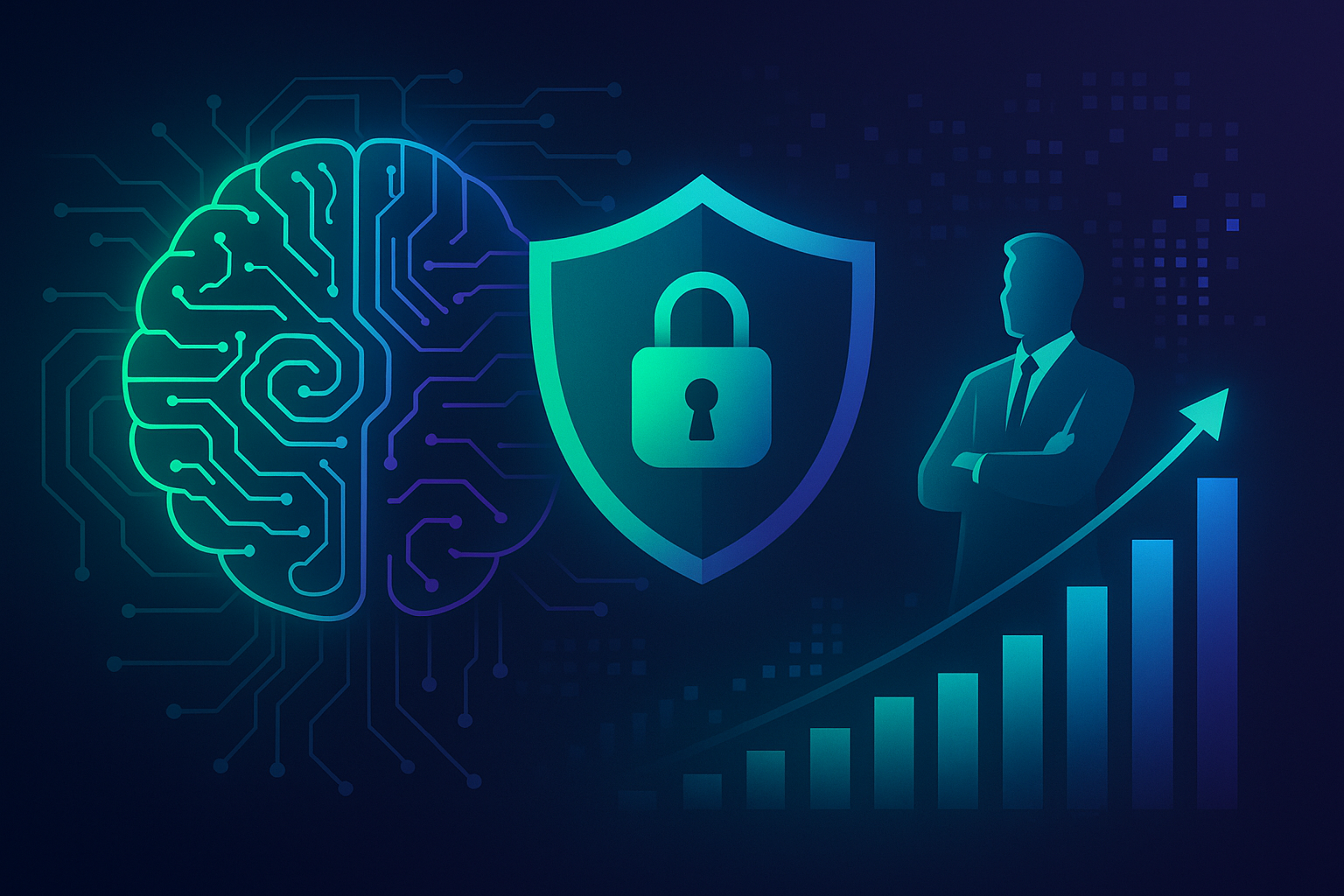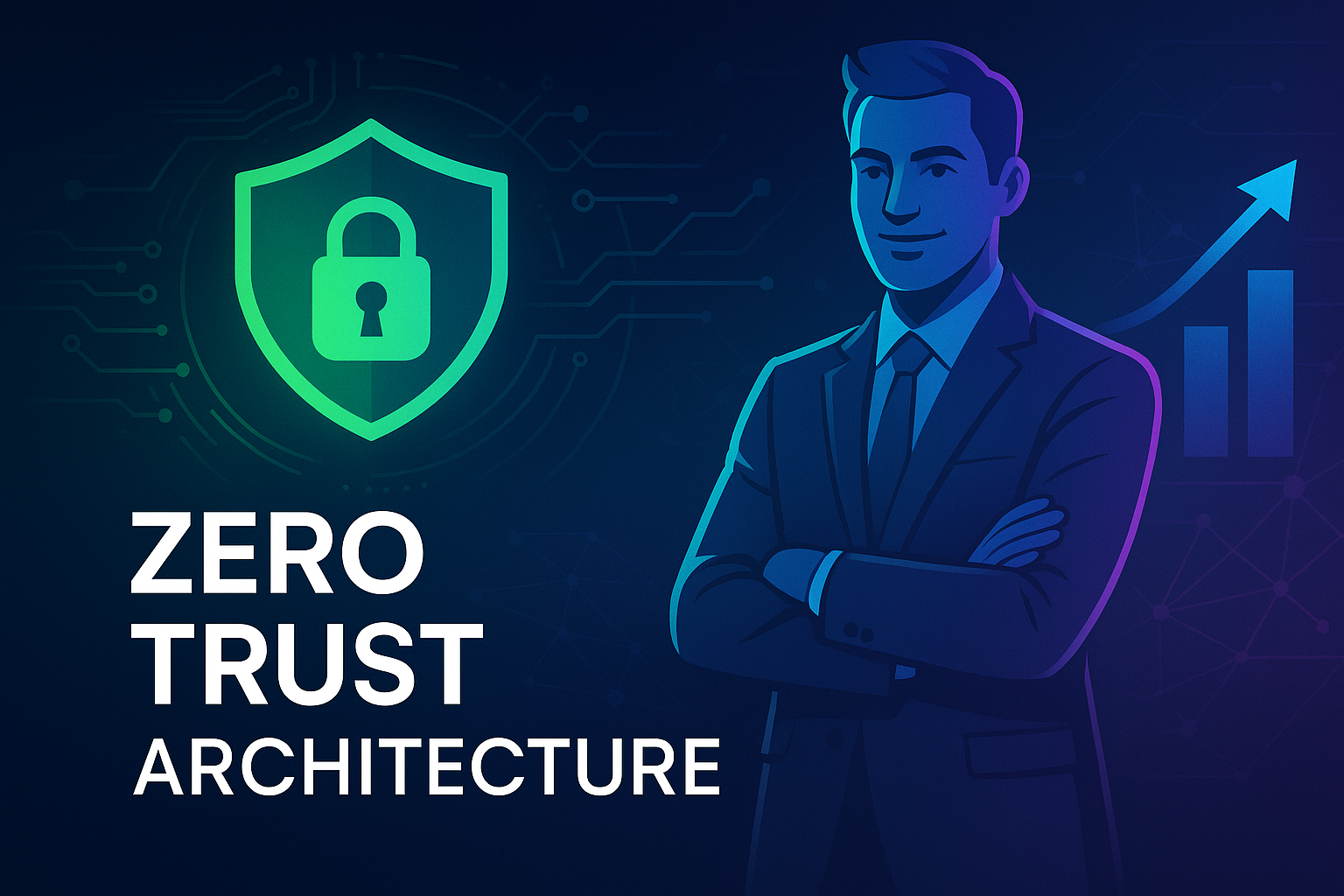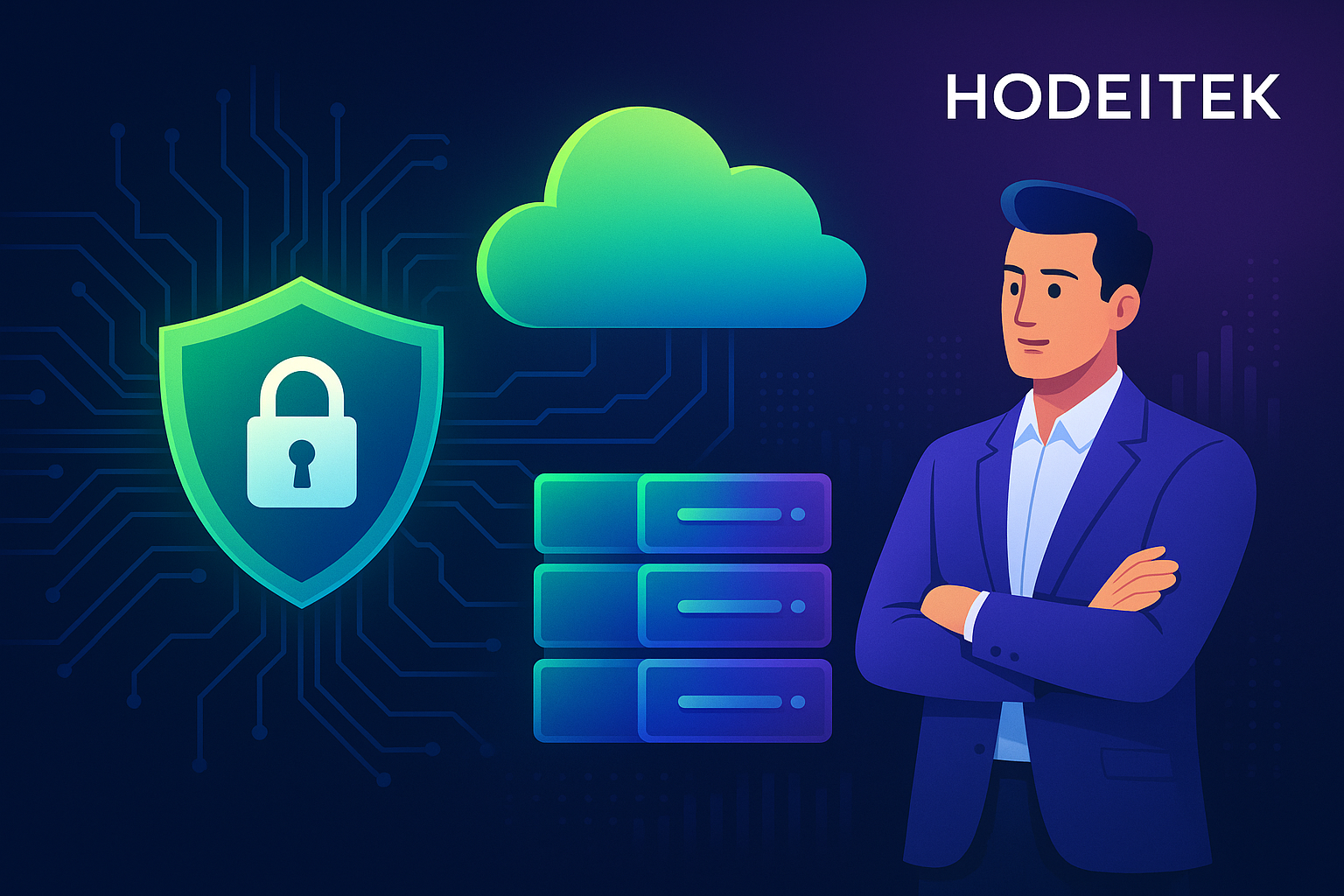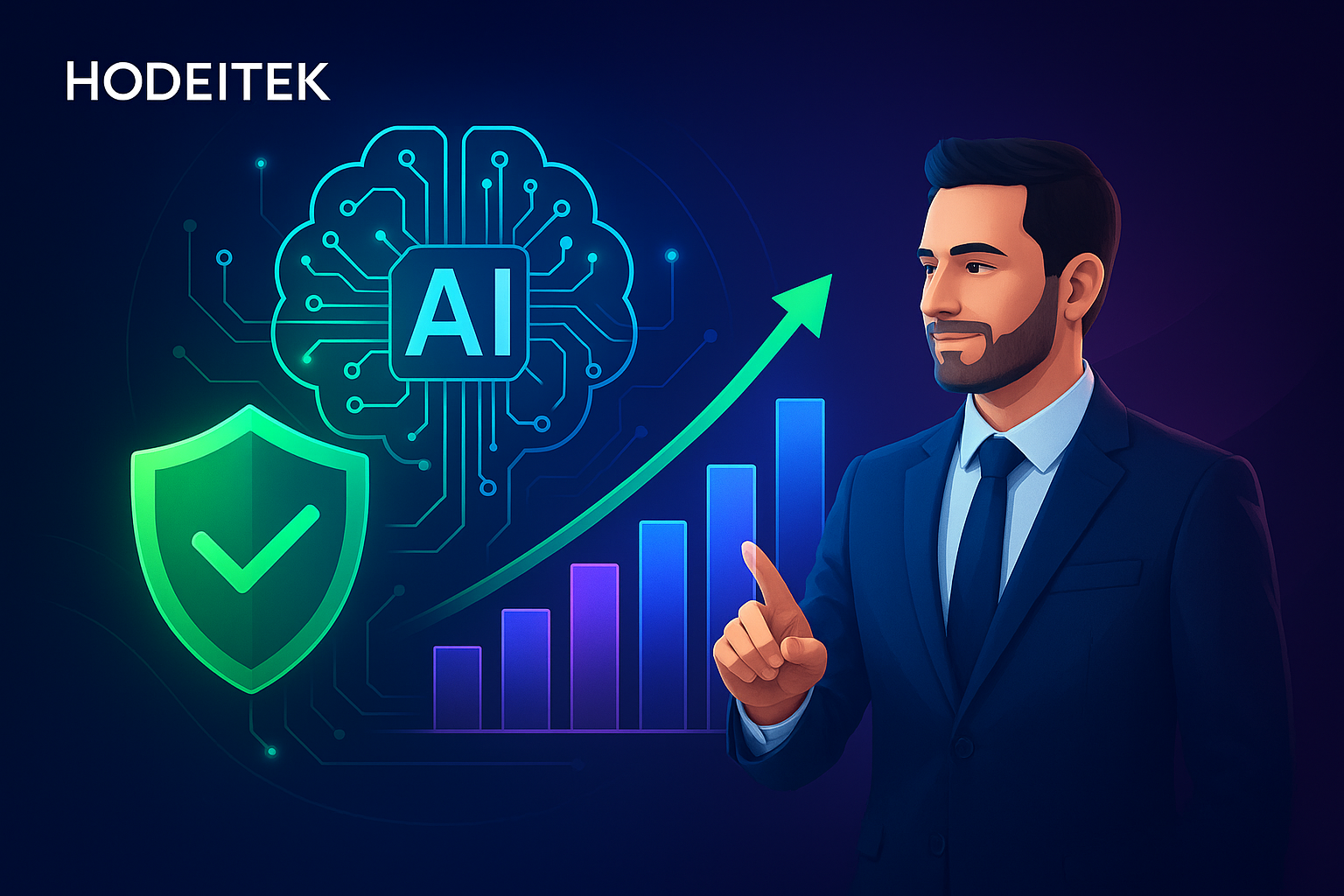
The Intricate Distinctions: Human Vs Non-Human Identity in the SaaS Environment
Identity management, in recent years, has taken on a pivotal role in the realm of cybersecurity and technology. The rise and continued adoption of Software-as-a-Service (SaaS) models have further underscored the importance of understanding, managing, and navigating identity both in its human and non-human forms. As a leading technology solution provider, we are ardent about discussing, scrutinizing, and embracing the topics that hold a high level of relevance for businesses today.
Deciphering Identity and Its Forms Within SaaS
Identity is a concept that transcends beyond the human aspect within the SaaS environment. On occasions, a persistent but underestimated source of risk, the identity within SaaS encompasses fixed identities (Human) and flexible identities (Non-Human).
Human Identity in SaaS
Human identities refer to any individual or group utilizing the software, such as employees, administrators, and third-party users. The management of human identities includes creating, monitoring, and modifying user access to ensure the right individual has the correct access at the appropriate time.
Non-Human Identity in SaaS
Contrarily, non-human identities constitute services, applications, and bots that interact with the software to perform automated tasks. Difficult to manage and delineate, these identities can potentially become the weaker links, rendering SaaS environments susceptible to cyber threats.
Relevance of Human Vs Non-human Identity within SaaS
The division of human, non-human identities, and its understanding are critical for companies operating in Spain, the European Union, and the United States. While these jurisdictions have stringent data protection laws, such as GDPR and CCPA, they mandate organizations to comprehend and manage identities for bolstering their cybersecurity apparatus. In this respect, recognizing the distinctions and significance of human and non-human identities could be the first step toward fortifying SaaS models against security breaches.
Significance of Human Identity
- Access Management: Proper management of human identities enables organizations to control employee access to sensitive data, hence reducing the chances of unauthorized access granted.
- Compliance: Regular auditing of human identities ensures compliance with laws on data protection and privacy like GDPR.
- Cyber Threat Mitigation: Human identity management addresses phishing, insider threats, and social engineering attacks.
Significance of Non-Human Identity
- Error Minimization: With automated tasks managed by machines, the risk of human error can be significantly reduced.
- Productivity: Non-human elements can manage repetitious tasks, thereby enhancing productivity.
- Cybersecurity: Left unchecked, non-human identities may potentially pose substantial cybersecurity threats.
Concluding Thoughts
Whether it’s human-based or non-human, the security of identities within a SaaS environment is pivotal. While humans and non-humans bring unique challenges and benefits to the table, organizations are bound to manage identities correctly. The same will be potentially saving themselves from significant cyber threats, data breaches, and no less important – enhancing operational productivity.
Hodeitek takes pride in providing comprehensive cybersecurity solutions to ensure the correct management of both human and non-human identities. Reach out to us today to find out more about how we can help secure your SaaS environments.






